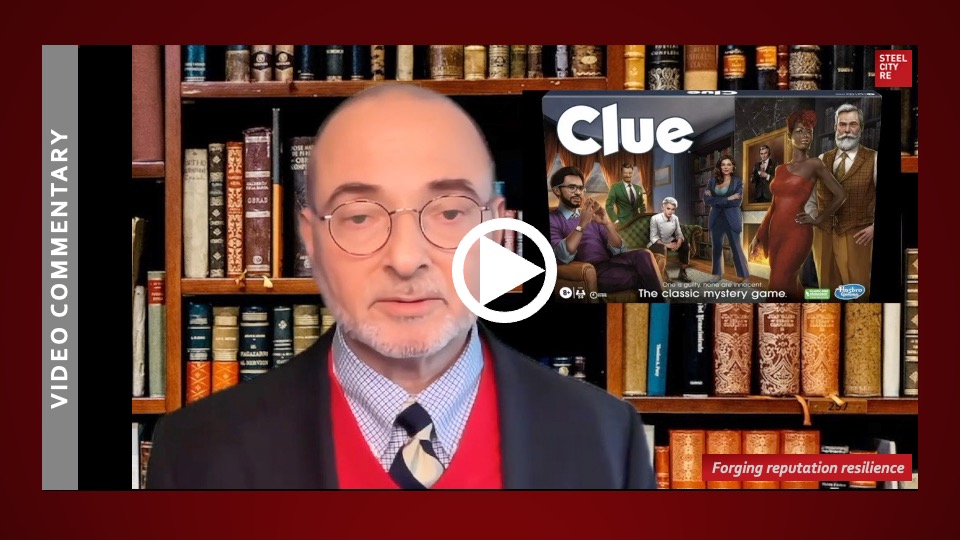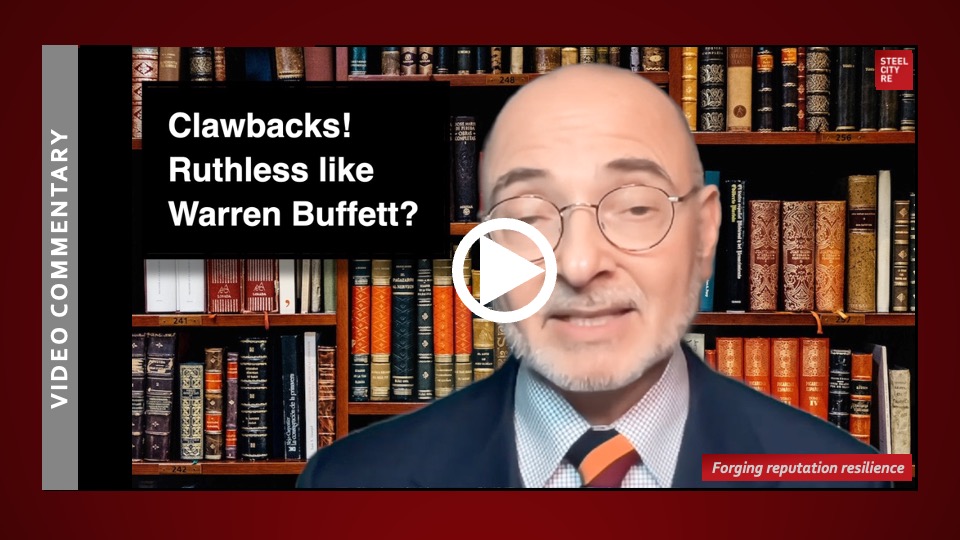Features of Risk
Reputation risk features typically include economic harm from angry, disappointed stakeholders that is often exacerbated by media amplification. Steel City Re helps executives, companies, and sovereign entities identify and defend against these risks.
Reputation risk is a threat to reputation value—a behavioral economic construct.
Customers’ decision to purchase, employees’ desires to be employed by a particular firm, the rating of bonds by credit analysts, the recommendations for equities by buy-side analysts, and the decision to prosecute by regulators are all social processes. All are influenced by stories. When those stories speak to quality products, superior employment experiences, authentic systems for risk management, quality governance and compliance in terms that create expectations; they produce corporate (and personal) value.
Stories that create value promote emotional investments—such as trust—in quality, ethics, safety, security, sustainability, and innovation.
Media stories are merely one of many influencers of expectations. Other influences include:
- Corporate culture evidenced in governance decisions
- Financial and extra-financial information
- Associations and affiliations
- Stakeholders’ own experiences
Reputation risk, the economic threat to enterprise value, lurks in the gap between stakeholder expectations and operational reality. When reality falls short, media plays a role in amplifying and exacerbating stakeholder disappointment and anger.
“Brexiteers promised the advantages of EU membership with none of the disadvantages …disillusionment was inevitable.”
Bagehot, The Economist
When stakeholders hold a company, its executives or its board culpable for their disappointment, the anger creates go-forward reputational value losses, which are “costs of disappointment.”
Disappointed stakeholders destroy value by becoming disloyal customers, disengaged employees, distracted suppliers, distrustful creditors, dismissive investors, and determined litigators & regulators.
Reputation risk features include the potential to blossom into full blown reputational crises with the speed and intensity of a tornado. That is why reputation risk management—a battle for the mind of stakeholders—must begin preemptively. Insurances can be a key part of this effort.
Authentic stories prepositioned and widely shared are reputation tornado shelters—protection against climate change of the cultural kind. The stories must be simple, convincing and completely credible. They must illustrate corporate reputation risk management systems, policies and procedures, backed by demonstrable evidence such as third party insurances, so that stakeholders can appreciate and value corporate intent and direct anger away from company, its executives or its board.
Redirected anger underpins reputation resilience.

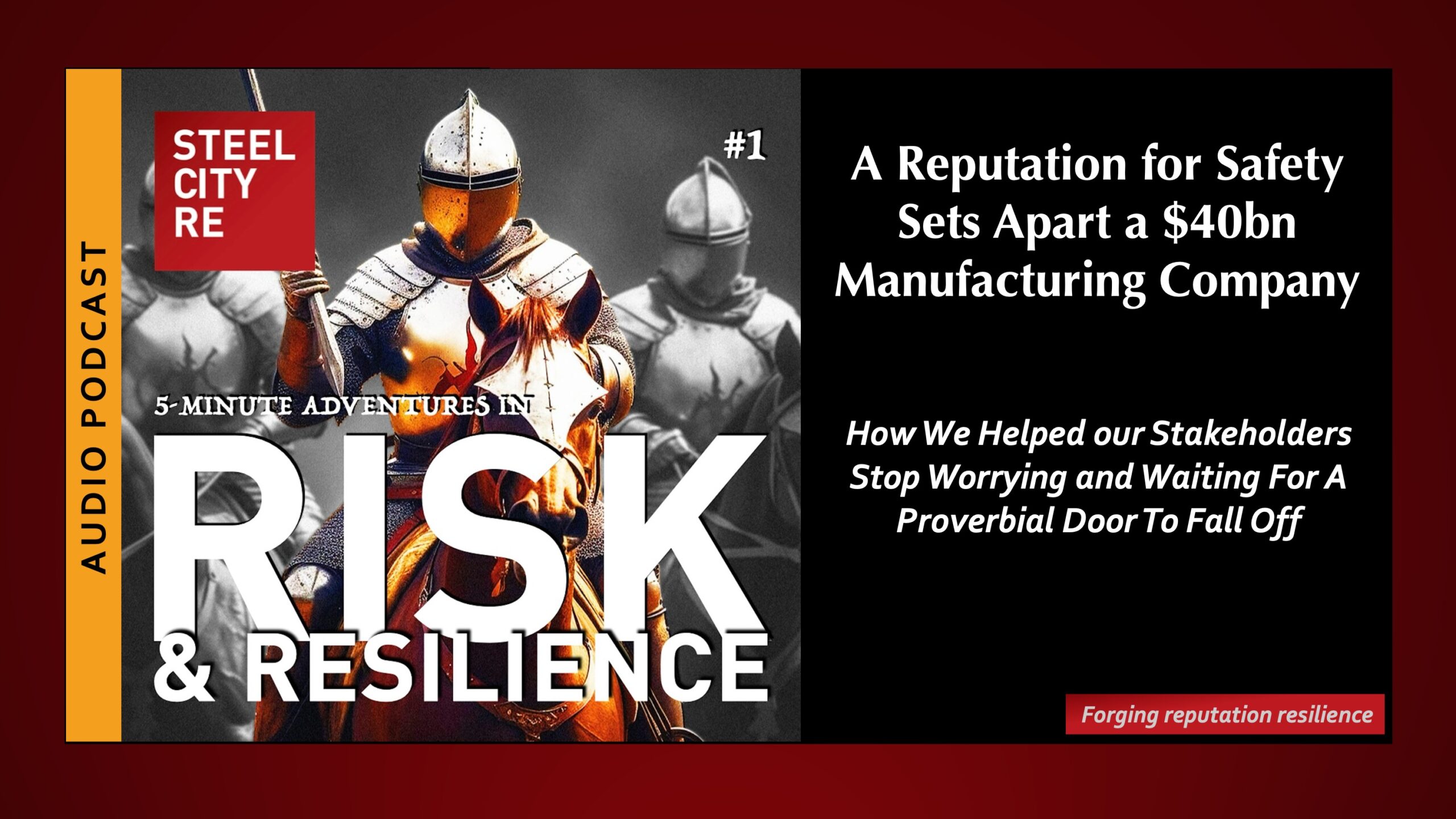
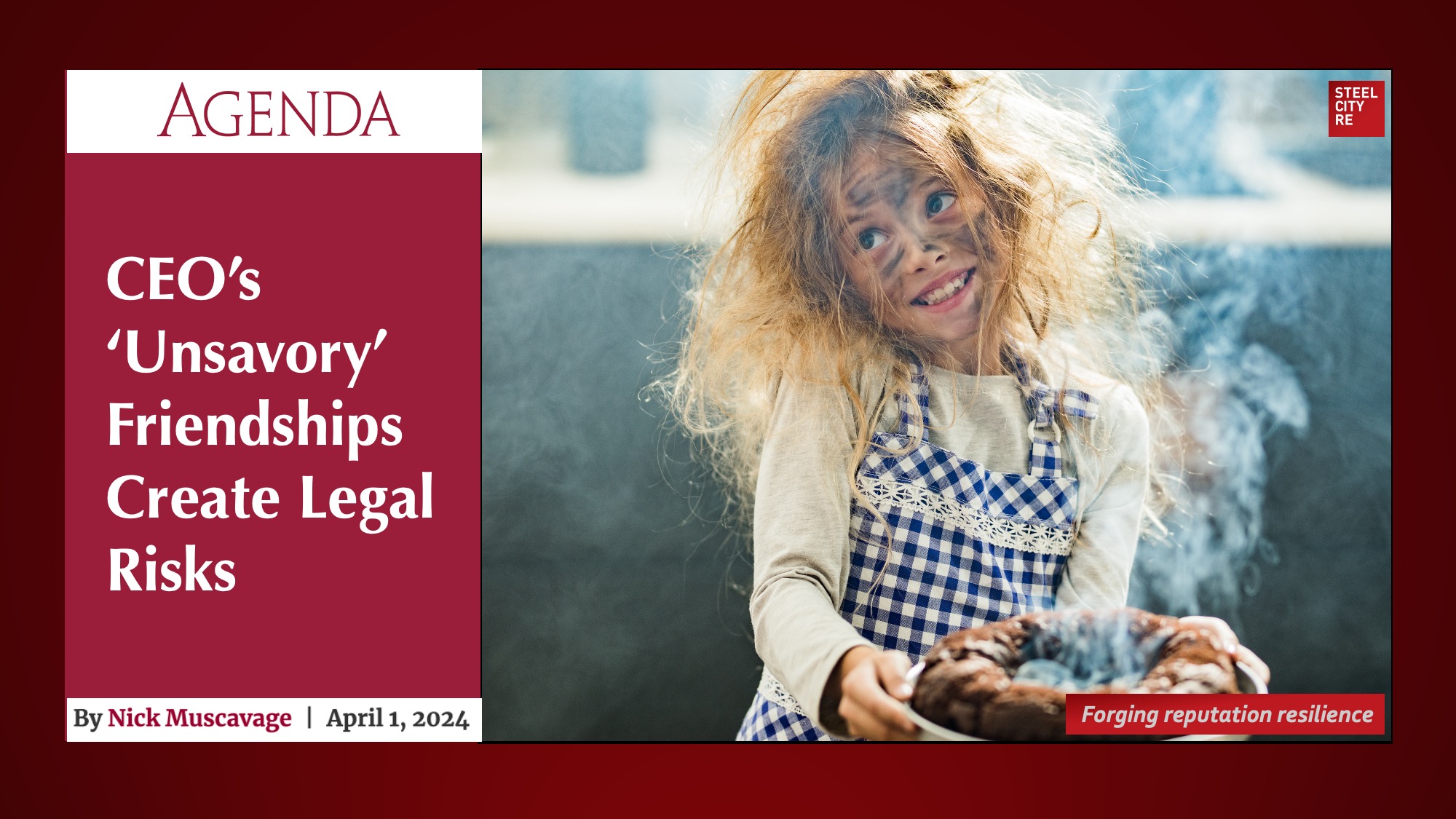
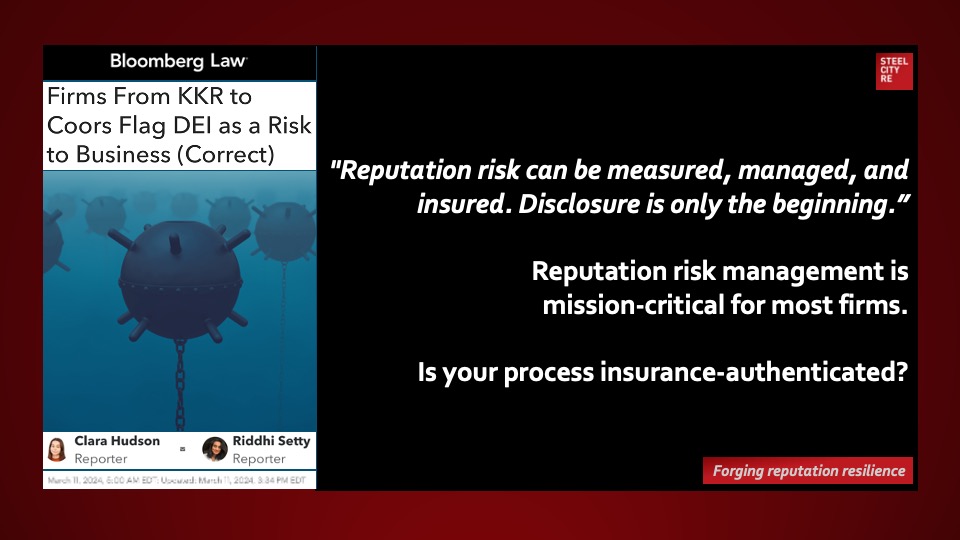
![Brand and reputation risks […] are a major concern for 50% of respondents in the next 3-5 years.](https://steelcityre.com/wp-content/uploads/2024/03/2024030407-WTW-survey-retail-reputation-risk-steel-city-re.jpg)
